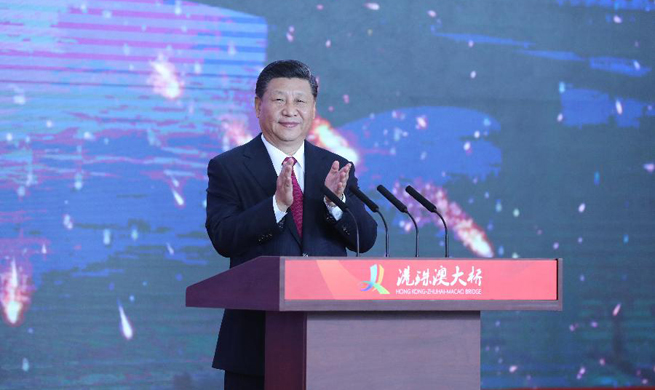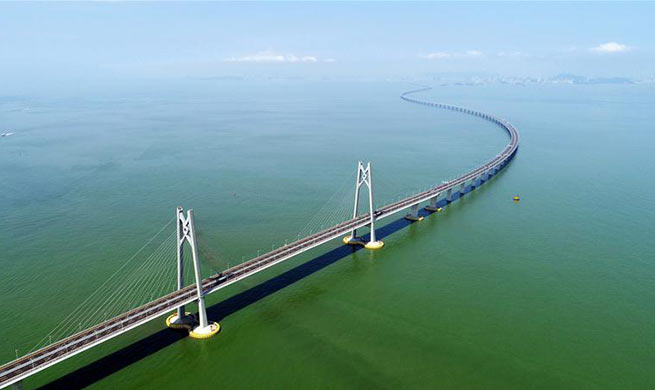HOUSTON, Oct. 23 (Xinhua) -- Iran's crude oil exports have declined since the United States' announcement of reinstating sanctions against Iran in May, the U.S. Energy Information Administration (EIA) said Tuesday.
EIA quoted data from ClipperData, an oil data providing company, as saying that Iran's exports of crude oil and condensate peaked in June 2018 at about 2.7 million barrels per day (b/d), more than 300,000 b/d higher than the average during the first four months of the year.
In September, Iran's crude oil and condensate exports fell to 1.9 million b/d. EIA said that whether Iran's energy exports are declining entirely because of the sanctions or for other reasons is unclear.
Iran's exports have fallen at a faster rate than production. Shipping operators have decreased operations with Iran, but Iran has continued to export largely through the state-run National Iranian Tanker Company (NITC) and the Islamic Republic of Iran Shipping Lines, said EIA.
Trade press reports indicate that as countries continue to cut imports from Iran, some of Iran's shipping fleet is already being used as floating storage, where crude oil is placed onto ships and stored indefinitely.
EIA forecast that surplus crude oil production capacity in the Organization of the Petroleum Exporting Countries (OPEC) could be used to replace some of Iran's crude oil barrels that are coming off the market. Saudi Arabia's Arab Light is similar in composition to Iran Light crude oil and may provide refiners with a possible crude oil that would not require refiners to make significant alterations to their crude slates.
However, the extent to which Saudi Arabia and other OPEC members offer enough volumes of crude oil and condensate to replace exports from Iran is unclear.
The organization believed that after full sanctions are implemented in November, the total volumes of crude oil and condensate coming off the market will become more apparent in the following months.
The U.S. declared to leave the Iran nuke deal in May. It also laid out two wind-down periods of 90 days and 180 days for business activities in or involving Iran.
On Aug. 6, the first wind-down period ended and triggered the re-imposition of some sanctions. On Nov. 4, the second wind-down period will end and trigger the re-imposition of full sanctions, including a number of measures that target Iran's energy sector.

















